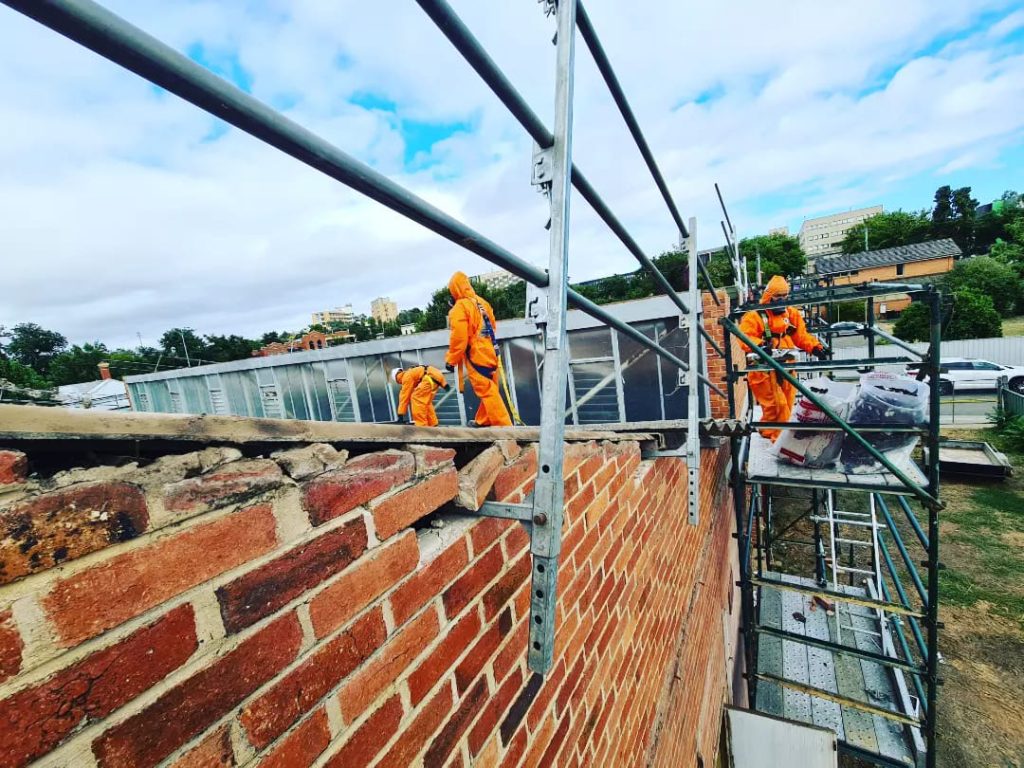
Asbestos is a naturally occurring fibrous mineral that was heavily used as an insulating and fireproofing material in buildings constructed before the 1980s. However, asbestos is a known carcinogen that can cause serious health issues like mesothelioma and asbestosis when inhaled. This makes asbestos testing crucial for identifying and managing this dangerous material.
If you suspect asbestos may be present in your home or workplace, here are 10 key facts to know about asbestos testing:
The only way to know for sure if asbestos is present is through professional testing.
Visual inspections alone cannot reliably identify all asbestos and unless you’ve been working in the asbestos industry for a long time, knowing what to look for when it comes to identifying asbestos is not easy.
Testing allows you to pinpoint where asbestos is located so it can be properly remediated. Ignoring potential asbestos hazards puts people at risk of exposure and developing related diseases down the line. Verifying either the presence or absence of asbestos is the only way to take appropriate action.
There are a few common testing techniques used by licensed asbestos professionals: bulk sampling, air monitoring, and visual inspection.
Bulk sampling involves taking small material samples to be analysed in a lab using polarised light microscopy or transmission electron microscopy. Air monitoring tests airborne asbestos fibres within a given area. Visual inspections identify obvious asbestos hazards based on damage, deterioration, or accessibility. A combination of testing methods is often necessary for a comprehensive evaluation.
In Australia, asbestos assessors must be licensed by the relevant state or territory work health and safety regulator. Carrying out testing requires specialised equipment, safety protocols, and expertise to be done properly. Using unqualified personnel puts them and the public at risk of hazardous asbestos exposure. Always verify licensing to ensure the highest standards.
Testing doesn’t just identify asbestos but also quantifies how much is present. If trace levels of asbestos are detected, periodic monitoring may be sufficient.
Higher concentrations or deteriorated asbestos materials often require active asbestos removal by a licensed asbestos removalist contractor. Knowing the asbestos levels through testing guides the appropriate response and abatement approach.
In Australia, some stable, sealed asbestos materials can remain safely in place and be managed through an asbestos management plan.
Testing thoroughly identifies problem areas and the condition of the asbestos, helping you to understand when asbestos may become disturbed or risks deteriorating further. This helps determine the best control option. Testing can also confirm when removal is fully complete and an area is safe for re-occupancy.

Most Australian states and territories require asbestos testing for residential demolitions, commercial demolitions, and major renovations. This may include both private and public structures.
Identifying asbestos materials before work begins prevents hazardous exposures when structures are disrupted. Mandatory testing must be done by qualified personnel as per hazardous chemical regulations.
As asbestos was widely used in the building and construction industry for many years (largely between the 1950s and 1990s), asbestos could be present in a lot of different materials, including but not limited to:
– Pipe, boiler, tank, and hot water insulation
– Sprayed-on acoustic ceilings and fireproofing
– Fibro ceiling and wall panels
– Vinyl floor tiles, sheet vinyl, and associated adhesives
– Roofing materials like shingles, siding, and membrane products
– Fuse panels, switches, and electrical insulation
– Textured wall/ceiling plasters and sealants
Any building materials made prior to 1990 in Australia have potential asbestos content. Heavily used insulating materials are the highest priority for testing.
Building materials are tested, but so are other less obvious items where asbestos may be concealed.
Older walls and floors may contain hidden asbestos paper or millboard. Vermiculite attic insulation was contaminated with asbestos for decades. Identification protects contractors disturbing concealed asbestos unknowingly. Testing inside all walls, floors, and spaces uncovers concealed hazards.
Air monitoring can test airborne asbestos fibres within a contained area. This is typically done before and after asbestos removal or abatement projects. Air testing uses specialised equipment with pumps and filters to capture tiny fibres invisible to the naked eye for laboratory analysis. Results confirm if fibres have been adequately controlled and contained by protective enclosures. This ensures an area is safe for re-occupancy after abatement.
Ultimately, asbestos testing provides invaluable awareness about the risks inside existing structures and materials. This empowers smart precautions to be implemented proactively.
Asbestos-related diseases are highly preventable when informed action is taken. Testing provides documentation and evidence needed for proper abatement procedures as well. This offers health protection and invaluable peace of mind.
Asbestos testing performed by licensed professionals like Asbestos Australia is the only way to reliably identify this hidden carcinogen in Australian buildings.
Proactive testing enables tracking and managing asbestos hazards appropriately before disturbance or deterioration occurs. Following proper asbestos testing procedures is vital for preventing tragic health consequences from asbestos exposure. Implementing a thorough testing regimen can provide essential safety assurances. If you’re concerned about the presence of asbestos in your home, building, worksite or property in Melbourne, get in touch with our team here are Asbestos Australia. We’re here to help you manage your asbestos issues.
Posted By: Tommy Clappers
Leave a Reply